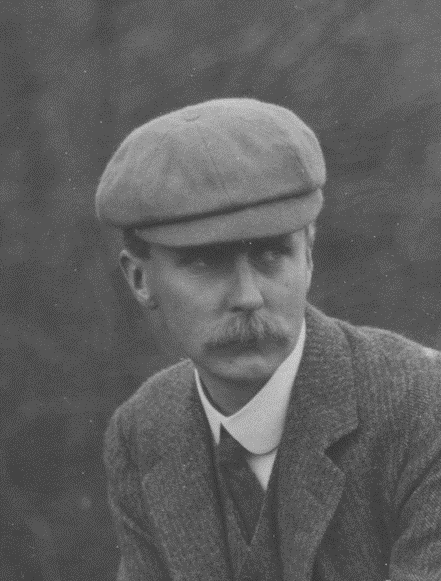
On June 30th 1908 a massive explosion ripped through the sky over the remote Tunguska region of Siberia, flattening millions of trees for about 30 miles all around.
Although the blast is thought to have been many times more powerful than the atomic bomb dropped on Hiroshima in 1945, it was only recorded in a handful of locations around the world – including at Ditcham in the parish of Buriton.
At Ditcham Park House Captain CJP Cave, an enthusiastic meteorologist, had a microbarograph which was capable of detecting changes in air pressure with high precision. This device recorded the passage of a series of unusual air waves on June 30th 1908 even though it was situated 3,500 miles from Tunguska.
The Tunguska event still remains a bit of a mystery which scientists continue to investigate, but most agree that the explosion was caused by a large cosmic body (an asteroid, meteor or comet) colliding into the earth’s atmosphere.
The remote site of the explosion was first investigated from 1927-1930 in expeditions led by Soviet scientist Leonid Kulik. He was able to identify the epicentre of the explosion because all the felled trees pointed away from it. But no crater was ever found and very little evidence of any object.
It is, therefore, thought that the object exploded in the atmosphere above the earth’s surface and created a fireball and blast wave but no impact crater. The energy from the explosion would have been enough to ignite forests, but the subsequent blast wave would have quickly overtaken the fires and extinguished them.
This theory fits with Kulik’s findings of a large area of felled splintered trees where everything had been scorched (but not burned) and very little was growing two decades after the event.
Fortunately, because the explosion happened over a sparsely populated area, there were very few human casualties but many herds of reindeer are believed to have perished.
In 2016, the United Nations designated June 30th as ‘International Asteroid Day’ to raise awareness about asteroids and related topics.
Descendants of CJP Cave understand that, many years later, the barograph may have sat on a hall table and that a drawer underneath may have had several record sheets in it.
Is it possible that the Ditcham recordings of the 1908 Tungsuska incident still exist amongst a pile of family papers? It’s a long shot, but watch this space …